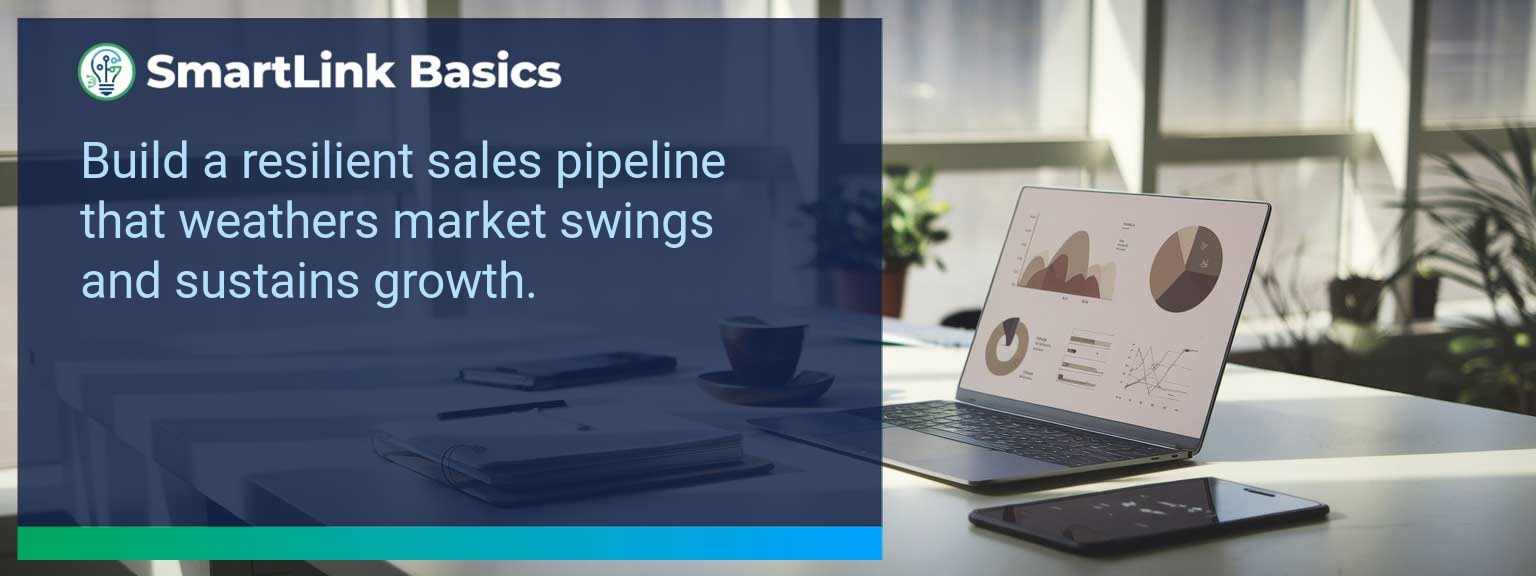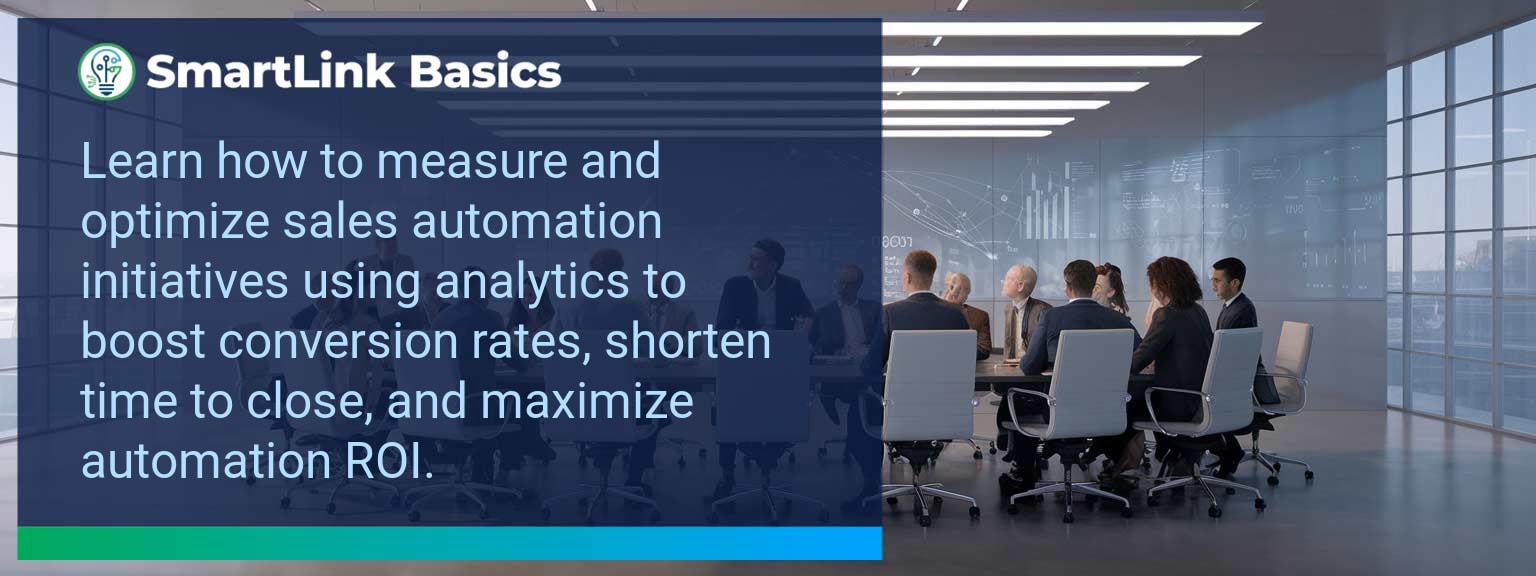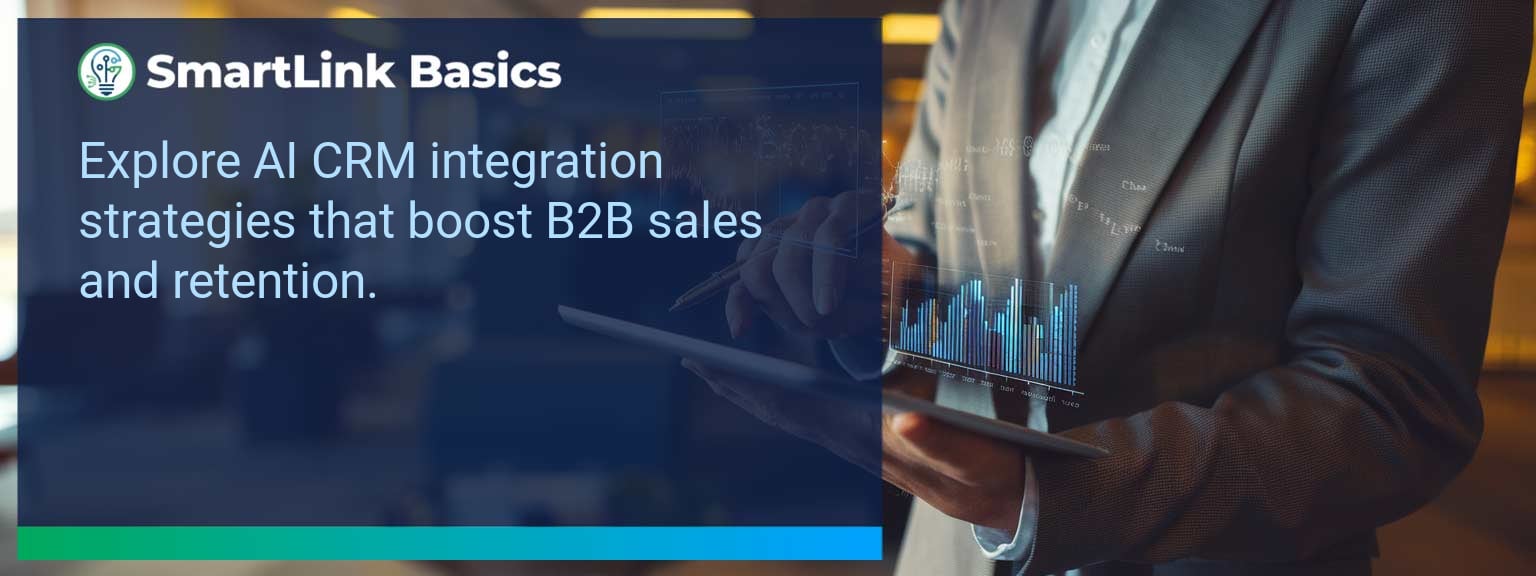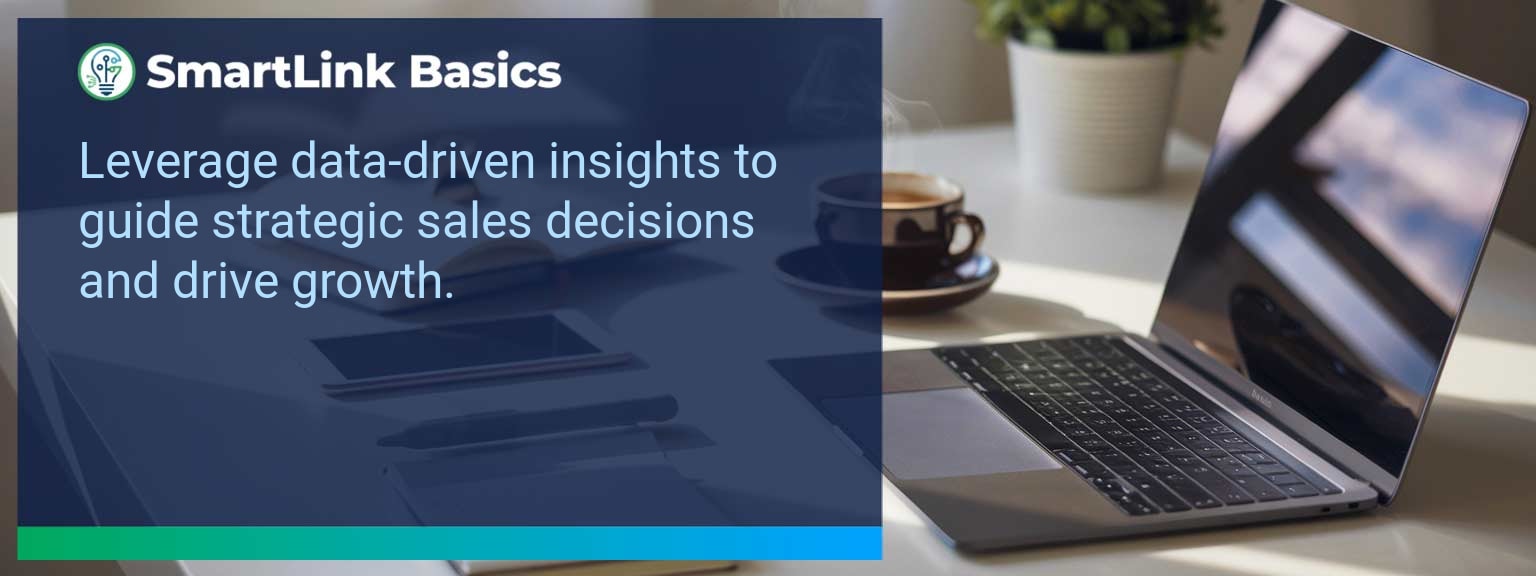Industry data shows that organizations adopting AI-driven automation achieve cost reductions of up to 30% while accelerating sales cycles by 20% or more (McKinsey, 2024). For sales leaders, AI automated workflows now define competitive advantage, enabling teams to reallocate time from repetitive tasks to high-value engagements. At SmartLink Basics, we help decision-makers implement these systems strategically, ensuring they integrate with existing revenue operations. In this article, you’ll see how AI automated workflows power business outcomes, the common obstacles that slow adoption, and practical steps to optimize processes. You’ll walk away with proven examples, a 90-day action blueprint, and measurable KPIs to track results.
- Automate repetitive administrative and CRM updates with AI.
- Integrate machine learning to personalize outreach at scale.
- Streamline approvals, quotes, and contract workflows for speed.
- Use predictive analytics to prioritize sales opportunities.
- Track adoption and performance with targeted metrics.
AI Automated Workflows: What Changed and Why It Matters
AI adoption has shifted from experimental to operational, making automated workflows a standard in high-performing sales organizations. The real advantage lies in combining workflow automation with artificial intelligence workflows to optimize every step of the revenue process. Sales leaders now use AI to synchronize touchpoints, reduce manual inputs, and ensure faster execution. For example, a B2B SaaS leader introduced automated lead enrichment and routing, cutting qualification time by 60%. Actionable insight: Audit processes for time-intensive handoffs and apply AI where repeatability is high.Redesign the Revenue Operating System With AI Automated Workflows
ICP, Segmentation, and Targeting AI-enabled segmentation uses historical wins, firmographic, and behavioral data to dynamically update ICP profiles. This ensures targeting precision without quarterly re-work. Pipeline Architecture Automated workflows push opportunities through the right stages based on engagement signals. AI flags at-risk deals for intervention. Plays and Messaging Integrated automation tools deliver personalized sequences based on buyer activity, increasing relevance at every touchpoint. Operating Cadence AI schedules follow-ups, forecast calls, and account reviews based on actual pipeline movement rather than static calendars. Actionable insight: Implement automation that adapts in real-time to both internal and buyer-driven events.Common Obstacles To Achieving Seamless Automation
The most frequent challenges are fragmented systems, inconsistent data quality, and cultural resistance. Without a unified data layer, automation amplifies errors rather than solving them. Coca-Cola Europacific Partners reported needing a full data governance upgrade before AI could improve sales workflows. Leaders must first assess infrastructure readiness and train teams to trust AI-influenced recommendations. Actionable insight: Before deployment, establish clean data practices and a single source of truth.Implementing AI To Optimize Workflows
Effective deployment of AI process optimization starts with mapping current-state processes, identifying friction points, and matching them with automation tools. For example, automating proposal generation based on CRM opportunity data can reduce turnaround from three days to one hour. Solutions combining business process automation platforms with machine learning integration enable continuous performance improvement. Actionable insight: Pilot in one high-impact stage, measure, and then expand.Tangible Benefits From Automated Processes
The benefits extend beyond time savings — sales leaders gain a scalable system. Tangible outcomes include faster quote-to-close, higher lead conversion, and better forecast accuracy. A manufacturing firm implemented AI-assisted order processing and cut errors by 40%, improving on-time delivery rates. Actionable insight: Track both speed and accuracy to measure workflow automation effectiveness.Metrics That Matter
| Category | Metric | Definition | Target |
|---|---|---|---|
| Leading | Workflow Completion Rate | % of automated sequences executed without manual intervention | 95%+ |
| Leading | AI Suggestion Adoption Rate | % of AI-generated action recommendations executed by reps | 80%+ |
| Lagging | Cycle Time Reduction | Decrease in time from lead entry to closed-won | 20%+ |
| Lagging | Revenue Per Rep | Average sales revenue generated per sales rep per quarter | +15% YoY |
| Quality | Automation Error Rate | % of workflows that trigger incorrect outcomes | <1% |
| Quality | Customer Satisfaction Post-Automation | Average CSAT score after automation implementation | ≥ 4.5/5 |
Innovations And Next Steps For AI Automation
Emerging capabilities like AI-generated playbooks, intent-driven dynamic routing, and integrated AR for virtual product demos are shaping the next wave of sales automation. Companies integrating these tools early will outpace competitors in speed and personalization. Actionable insight: Stay ahead by testing emerging automation features quarterly and aligning them with evolving buyer expectations.Get the 90-day plan, coaching rubric, and dashboard template to operationalize AI in your enablement program.
Turning AI Automation Into a Revenue Multiplier
AI automated workflows are now a strategic lever for predictable, scalable growth. This guide outlined current applications, adoption challenges, a 90-day execution plan, and measurable success criteria. To make automation pay off, sales leaders should integrate tools into one cohesive operating system and review results monthly for continuous improvement. Access more AI-driven sales enablement resources from SmartLink Basics to design a high-performance automation strategy. A high-performance sales team rarely emerges without intentional leadership and cultural design. Consistently exceeding revenue targets requires more than product knowledge or sales skills—it demands an environment where excellence is the standard and engagement is fueled daily. SmartLink Basics works with sales leaders to create these conditions, helping teams boost results while keeping top performers engaged. Building a winning sales culture is the cornerstone for sustaining competitive advantage, particularly in markets where talent is mobile and opportunities are abundant. In this guide, we outline the key cultural levers and operational changes that drive motivation, improve sales performance, and strengthen long-term retention.- Define and communicate a clear sales mission and cultural identity.
- Align incentives, recognition, and career growth with performance outcomes.
- Streamline operational processes to reduce friction in selling.
- Invest in targeted coaching and data-driven leadership practices.
- Measure and adapt culture through engagement and retention metrics.
Identifying Barriers To Team Success
Even the most skilled sales teams face hidden obstacles that lower output. Common issues include unclear role expectations, misaligned sales incentives, and inconsistent leadership practices. These disconnects weaken employee engagement and hinder sales performance improvement. Leaders must diagnose operational bottlenecks—from outdated CRM workflows to ineffective territory allocation—before overhauling their sales culture. For example, if top performers spend excessive time on manual reporting rather than selling, motivation stalls and results suffer. Addressing these barriers early ensures that strategic initiatives have the intended impact and that sales team motivation remains high.Proven Strategies To Transform Sales Culture
Transforming culture begins with leadership modeling desired behaviors, followed by embedding those behaviors into daily operations. Clarity in the Ideal Customer Profile (ICP), strategic targeting, and meaningful pipeline architecture are essential. Each sales play and message should equip the team to handle objections and close with confidence. Sales leadership should operationalize these principles into an identifiable cadence—team huddles, pipeline reviews, and performance checkpoints that reinforce priorities. This cadence fosters consistency while enabling rapid course corrections. One technology firm applied a structured sales operating rhythm and raised quarterly close rates by 18% within two cycles.Positive Impact On Performance And Retention
When a sales culture consistently rewards achievement and prioritizes professional development, both performance and retention improve. Top performers seek environments where effort is recognized, resources are available, and leadership is committed to their success. This balance helps retain star talent while raising the performance baseline for the entire team. For example, implementing a transparent commission structure alongside skill-based training not only improved quarterly sales but reduced voluntary turnover by 22% over 12 months in a B2B services company.Sustaining And Evolving Your Sales Culture
Culture is not static; it should evolve alongside market conditions and organizational goals. Regular feedback loops, such as quarterly engagement surveys and win/loss analysis, allow leaders to adjust quickly. Embedding quantitative and qualitative metrics into reviews ensures the culture remains aligned with strategic objectives. Over time, reinforcing the link between cultural values, customer outcomes, and personal success will maintain high sales team motivation. Leaders must lead change intentionally to keep culture aligned with competitive demands.| Category | Metric | Definition | Target |
|---|---|---|---|
| Leading | Weekly Coaching Session Completion | % of scheduled coaching sessions completed as planned | 95%+ |
| Leading | Sales Play Adoption Rate | % of active opportunities using designated sales plays | 85%+ |
| Lagging | Quarterly Revenue Attainment | % of revenue target achieved per quarter | 100%+ |
| Lagging | Voluntary Turnover Rate | % of sales reps leaving by choice | <10% |
| Quality | Engagement Index Score | Aggregate score from quarterly employee engagement surveys | 8/10+ |
| Quality | Culture Alignment Rating | % of team members who strongly agree culture supports success | 85%+ |
Get the 90-day plan, coaching rubric, and dashboard template to operationalize AI in your enablement program.









